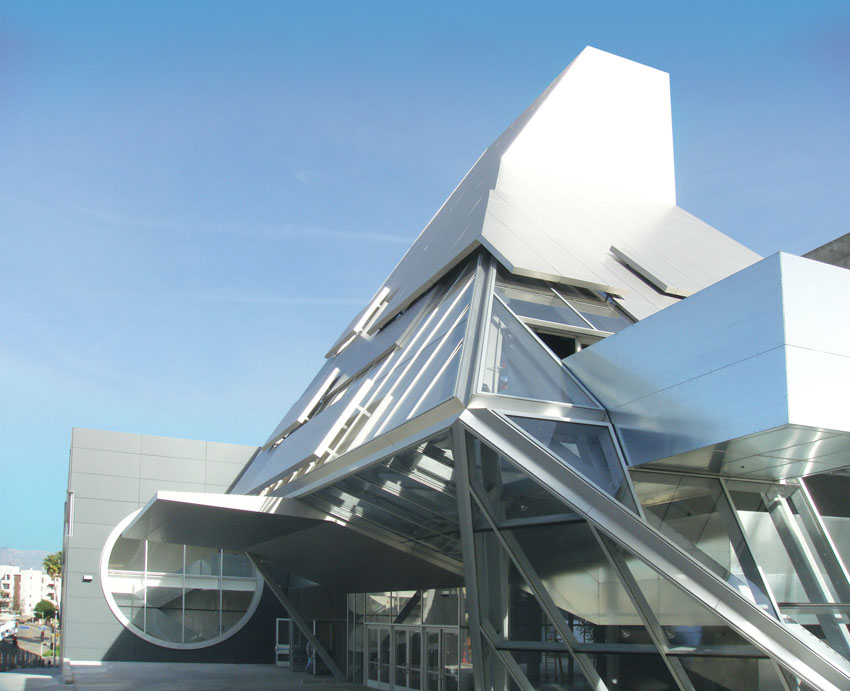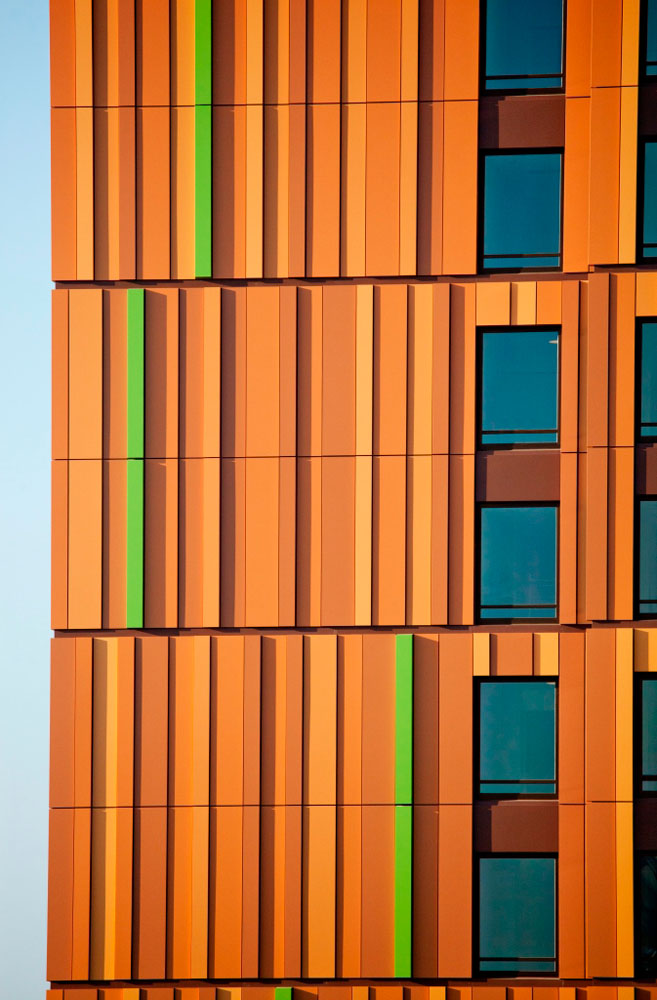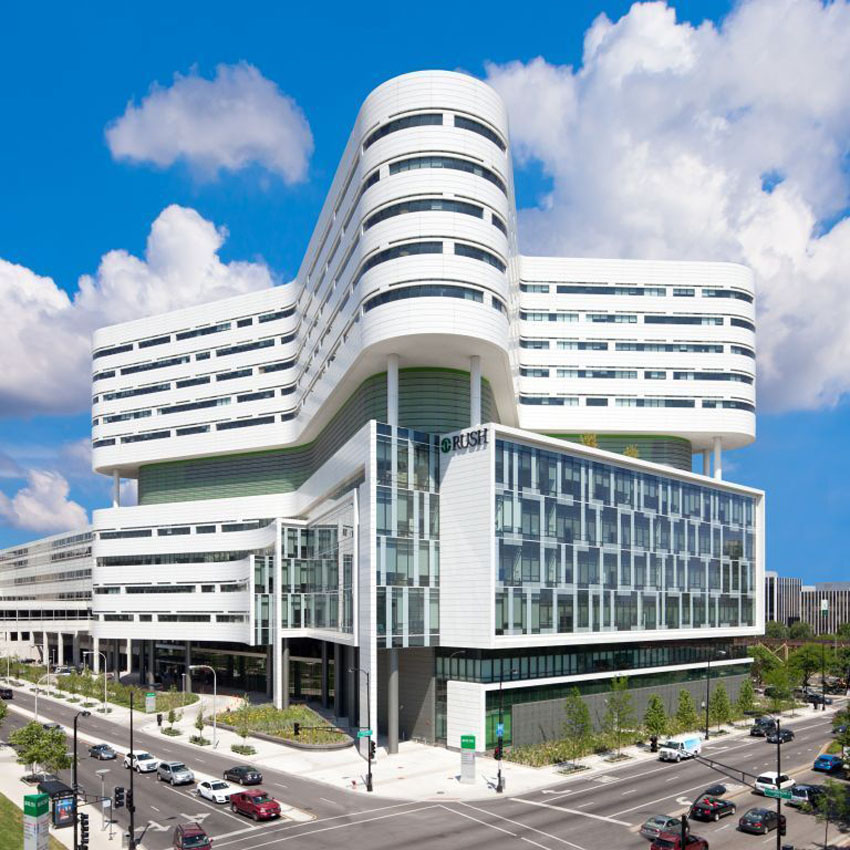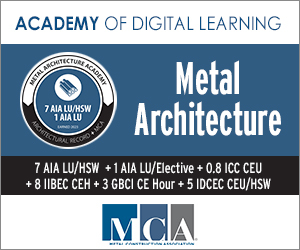Individual Parts Bring a Greater Whole
 1 AIA LU/HSW; 1 IDCEC CEU/HSW; 0.1 ICC CEU; 1 IIBEC CEH; 0.1 IACET CEU*; 1 AIBD P-CE; AAA 1 Structured Learning Hour; This course can be self-reported to the AANB, as per their CE Guidelines; AAPEI 1 Structured Learning Hour; This course can be self-reported to the AIBC, as per their CE Guidelines.; MAA 1 Structured Learning Hour; This course can be self-reported to the NLAA.; This course can be self-reported to the NSAA; NWTAA 1 Structured Learning Hour; OAA 1 Learning Hour; SAA 1 Hour of Core Learning
1 AIA LU/HSW; 1 IDCEC CEU/HSW; 0.1 ICC CEU; 1 IIBEC CEH; 0.1 IACET CEU*; 1 AIBD P-CE; AAA 1 Structured Learning Hour; This course can be self-reported to the AANB, as per their CE Guidelines; AAPEI 1 Structured Learning Hour; This course can be self-reported to the AIBC, as per their CE Guidelines.; MAA 1 Structured Learning Hour; This course can be self-reported to the NLAA.; This course can be self-reported to the NSAA; NWTAA 1 Structured Learning Hour; OAA 1 Learning Hour; SAA 1 Hour of Core Learning
Learning Objectives:
- Explain what a metal composite material (MCM) is and how it is produced.
- Review the available options for MCM skins, including finishes, materials, and specifications, and how these aesthetic options can elevate occupant experience.
- Discuss how MCM skins promote sustainability and practicability of the structure through its life cycle, shielding it from everyday wear and leading to enhanced building durability and health.
- Describe the attributes of MCM core material and how these benefit occupants and create a safer structure during fires.
- Debate the benefits MCM provides, including those related to environmental concerns, efficiency, and economy. Demonstrate how MCM, as a designed material bolsters structural lifespan, green goals, and the well-being of users.
This course is part of the Metal Architecture Academy

Photo courtesy of HMC Architects
CENTRAL LOS ANGELES AREA HIGH SCHOOL
The metal skins on today’s MCM offer a variety of finishes and material, as well as provide vital performance for the building itself.
MCM Skins
As the name implies, in an MCM, the skins are made of metal. While MCMs originally used only aluminum, today’s product embraces a variety of metal surfaces—from stainless steel, to zinc, copper, and even titanium. Variations in metal, metal thickness, and finish are now common. MCMs can be finished in virtually any color a building owner or architect wishes.
The main purpose for the skin is threefold:
- To provide a substrate that can be painted or left in its natural state to create a visually appealing product with a long service life.
- To transfer the wind loading from the surface of the panel to the anchorage system.
- To protect the core material directly from fire.
To protect the core material from damage, fire, and provide a quality finish or appearance, metal skins must be used on both sides of the core material. Panels with metal on one side and some alternate material on the other are also prone to warping and buckling due to differing expansion rates and the ability to take load from either direction (positive or negative wind loading).
Skin Thickness
Since its introduction into the North American market, the typical aluminum thickness has been 0.019 inch (0.5 millimeter). This dimension provides a good protection layer for the entire composite and resists normal exposure without significant visual damage due to exposure during normal use.

Photo courtesy of 3A Composites USA
MASSACHUSETTS COLLEGE OF ART AND DESIGN STUDENT RESIDENCE HALL, BOSTON
New developments in technology have created an even broader range of finishes for MCM.












